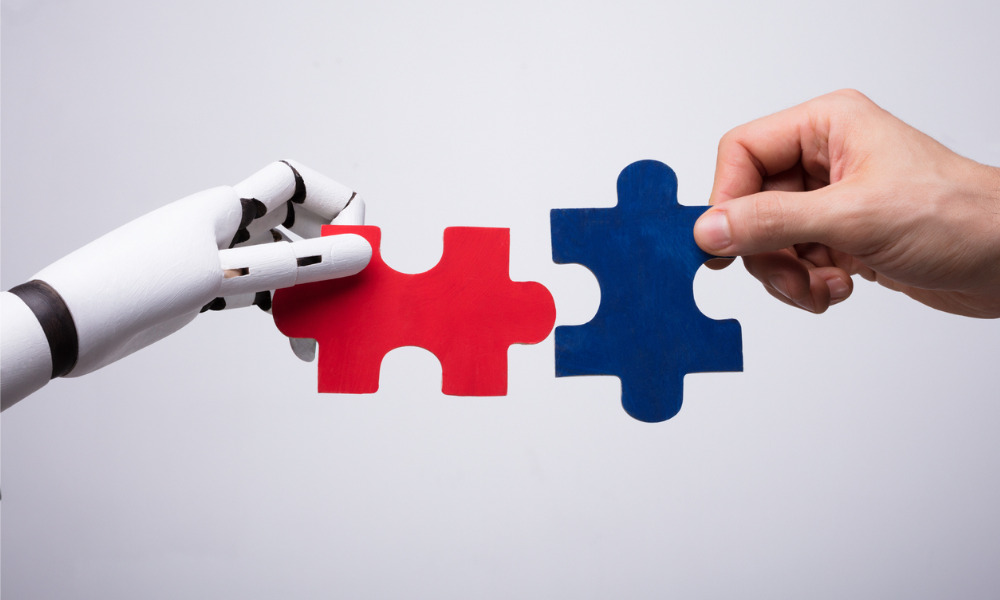
2020 marks another year of rapid development in the world of artificial intelligence

2020 marks another year of rapid development in the world of artificial intelligence.
But while there continues to be much debate over the impact of AI technology on headcount, the more pressing question for HR and workforce managers is how intelligent software can be deployed to augment work today.
HRD has selected the year’s most ground-breaking stories of AI in the workplace.
1. Facial recognition and AI in video interviews
A number of video interview platforms available on the market today focus on scheduling a Q&A with a candidate, recording a clip of the exchange, and forwarding it to the HR team for assessment.
Recruitment tech specialist HireVue, however, takes candidate screening to the next level by combining facial analysis with AI.
The software behind the platform purportedly relies on 25,000 data points taken from the facial expressions, movements and tone of voice of past successful candidates then uses them as a benchmark for screening new applicants. These subtle clues from their interaction with the AI reportedly help determine their suitability to the role.
2. Reducing unconscious bias in candidate interviews
Amid efforts to build a more diverse workforce, organizations still struggle against the influence of unconscious bias in hiring. Stockholm-based tech firm Furhat Robotics, however, is working to reduce the impact of human bias on candidate screening – all with the help of the robotic interviewer Tengai.
Unlike human recruiters, the robot skips the small talk and goes through the questions in the same manner, tone and order. The developers hope this approach leads to a fairer recruitment process.
3. AI and ‘smartphone psychiatry’
Can AI and analytics detect burnout among employees? This is the question behavioral and I/O psychologists are trying to answer with a new wave of AI-powered apps.
Installed in wristbands, badges and mobile phones, these tools are designed to pick up signals or biomarkers such as a person’s heart rate, breathing pattern and – in the case of mobile phone users – typing speed to assess their likelihood of experiencing burnout and other mental health conditions such as depression and anxiety.
4. AI and decision making
HR leaders who want to take a pulse of employee sentiment typically rely on surveys with a quick Yes or No question. But what happens when the questions revolve around complex issues such as workplace policy?
This is where IBM’s Project Debater comes in. The AI platform is able to collect free-text arguments – phrased in natural language – for or against a topic then parses out the responses. Project Debater is essentially designed as a decision support tool for business leaders who want to delve deeper into the insights and sentiments of the workforce.
5. AI-powered robots that ‘learn’ from mistakes
Workplace robots are built to perform the same tasks over and over. But throw them into a new – and more challenging – situation and they might not always know which direction to take. Unless they’re built to learn from every mistake, of course.
This is the premise behind a new robot being developed at the University of Leeds. It uses AI to map out its surroundings then remembers a specific path or course of action it has taken each time it maneuvers its way and completes a task successfully.
Having learned from more than 10,000 mistakes throughout its lifetime, the robot is believed to be a helpful addition to warehouses and factories.